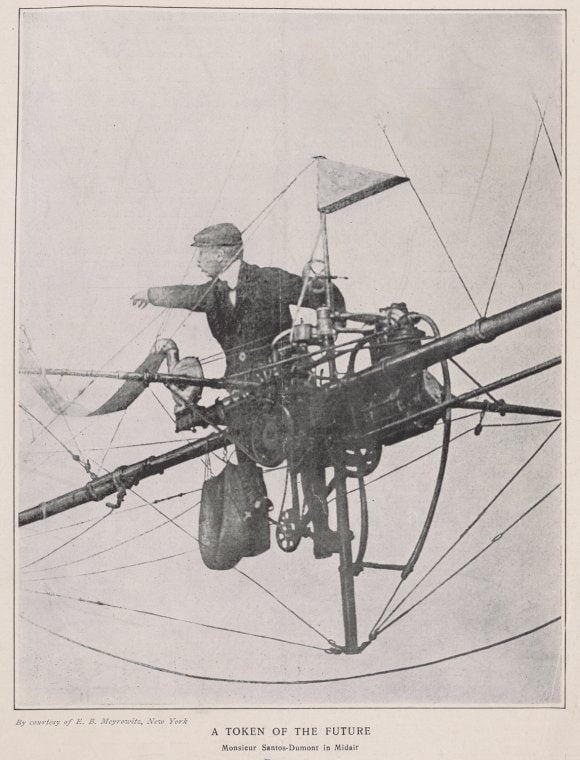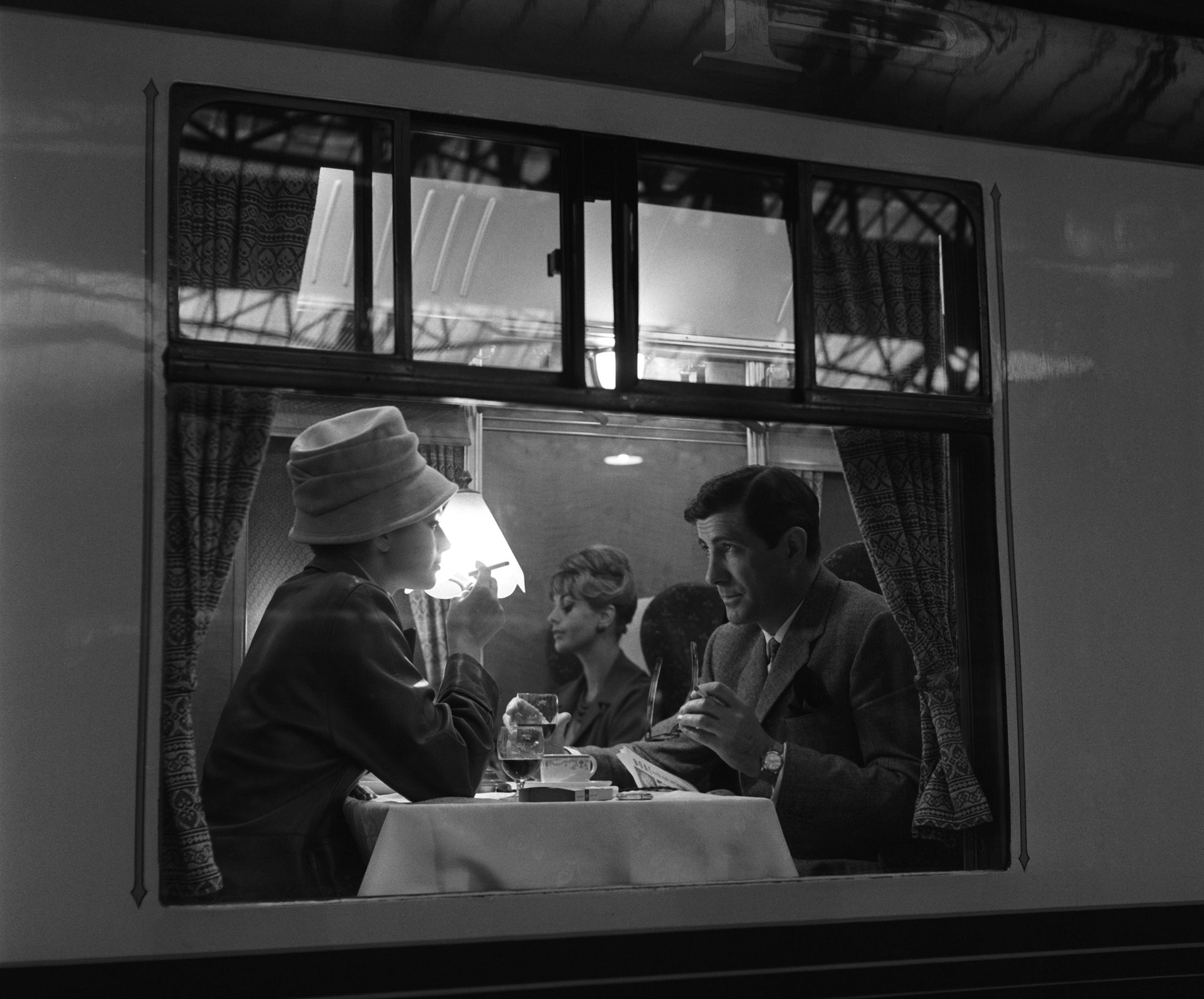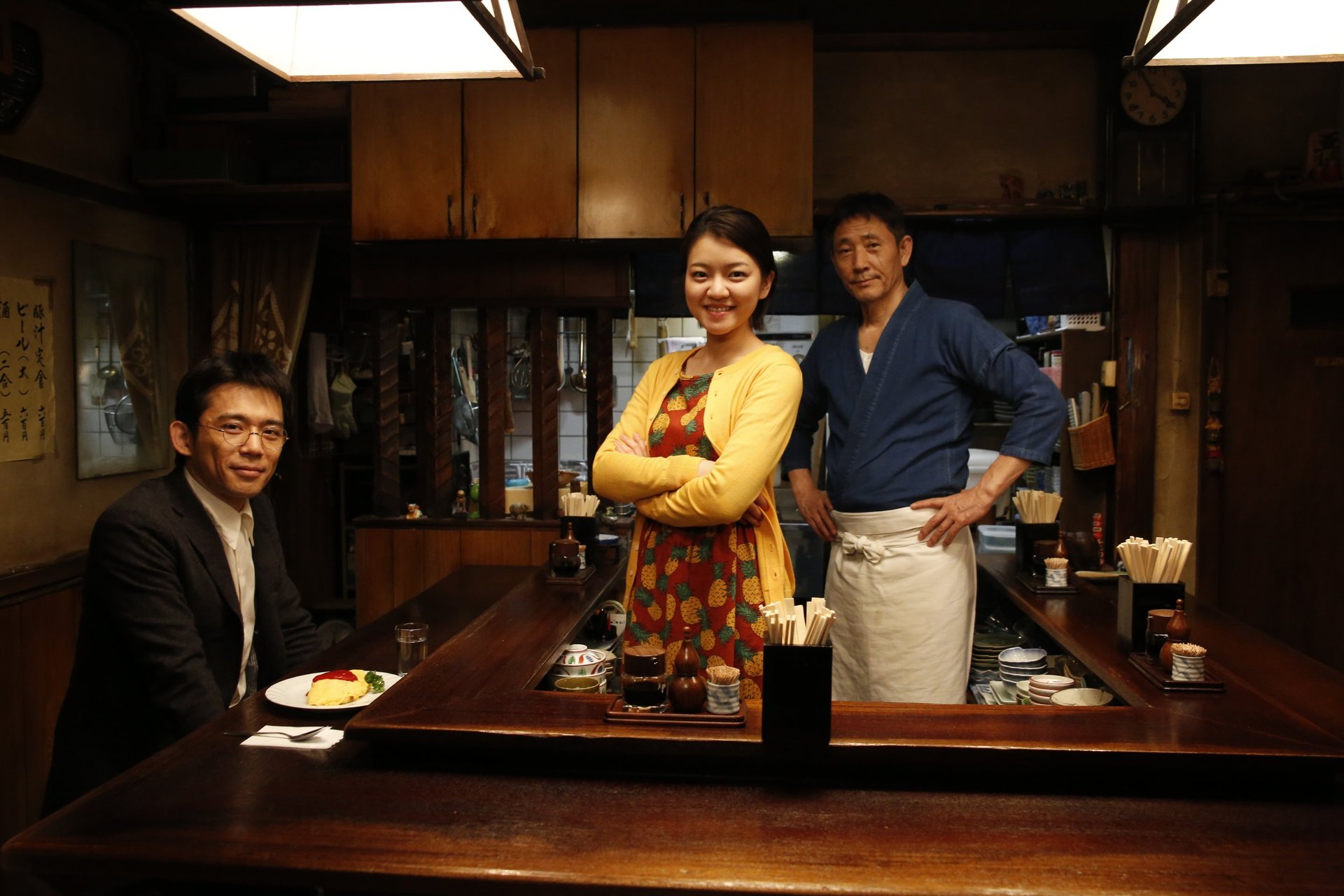Quartzy: the future of flight edition
Happy Friday!

Happy Friday!
I’m Natasha Frost, Quartz’s travel and tourism reporter. For the past month, I’ve been working on our membership field guide to the future of aviation. (If you’re not already a member, you can use my code, NFROST5365, for a 50% discount.)
It’s easy to feel despondent when we talk about the future. When it comes to air travel, very legitimate concerns about climate change can quickly descend into hopelessness, especially with a proliferation of well-meaning articles reminding you that, if you care about your impact on the planet, you should probably stop flying. (That one’s by me—sorry.) And while air travel is a privilege enjoyed by few, there’s no denying the experience can be a crush of stressed-out fellow travelers, chaotic security lines, and dismal food—especially for those of us cooling our heels in the back of the plane.
But spending weeks talking to people who are genuinely excited about what’s to come left me feeling optimistic. So today, I’m focusing on the lighter side of aviation’s future.

Some reasons for optimism. Air travel contributes about 2% of all global emissions, but I was heartened to learn how much work is underway to slash that figure, allowing more people to see the world without ruining it in the process. Planes are already quieter and more efficient than they were even a few years ago. In the US, fuel efficiency rose 130% between 1978 and 2018. In real terms, that’s allowed for 42% more passengers and cargo with only 3% more emissions.
But most experts recognize these improvements as an interim solution—a halfway house between yesterday’s oil guzzlers and tomorrow’s electric-biofuel hybrids (or something along those lines). For those working at the cutting edge of this research, it’s an unbelievably exciting time to be problem-solving. Whether they’re making jet fuel out of thin air or building autonomous electric helicopters, the potential for change is huge—hopefully just in time for China and India’s rising middle classes to collect their boarding passes and head to the gate.

[quartzy-recipe]
Before you board. Faced with a long flight and a runny nose, New Yorker food writer Helen Rosner fashioned a plane-friendly emergency remedy. First, she reduced chicken stock down to little more than jellied deliciousness. Then, she quick-cooled it in a salted ice-bath and smuggled it through security in a selection of TSA-approved, sub-three ounce vials and flacons. One contained a teaspoon of minced ginger, “for kicks.” Once in the terminal, she decanted the stock into a trusty Zojurushi thermos and mixed it with freshly squeezed lemon and boiling water from a Starbucks. (You can watch step-by-step on her Instagram stories.) Instant relief, and probably a few puzzled looks.
In-seat warfare. First, it was the arm rest; then, whether you reclined your economy-class seat into the knees of the person behind you. The future of passive-aggressive cabin behavior, according to the Wall Street Journal, is whether you pull down the window shade or leave it up. This isn’t really about sleep—for that, there are eyeshades.

Instead, it’s about the ideal conditions for squinting at screens. The window lets in light; light introduces glare. Some say that being in the window seat gives you the right to choose; others argue that you should take into account the desires of those around you. Not to throw shade, but I am and always will be #teamlight—even the most futuristic of digital maps can’t compete with the wonder of being thousands of feet in the sky.
Still, I respect the hustle of a recent seat-mate, who put on sunglasses when she realized I would not be lowering the blinds.

Plane, trains, and … ferries. What do the airports of Copenhagen, Manchester, Bangalore, and San Diego have in common? They’re all completely carbon-neutral, along with around 40 others that have made the jump so far. Hundreds more are investing in solar panels or waste-powered buses to help them meet the goal.
The real clincher will come as the sector embraces other forms of transport, so that we can leave flying for journeys too long to attempt overground. In Hong Kong, you can already buy single tickets that combine a ferry from the Chinese mainland with an international flight; Dutch airline KLM wants to do something similar with long-haul flights into Amsterdam and electric rail tickets out to the regions.

For folks used to the vagaries of Amtrak—or anyone who has ever visited New York’s Penn Station—it might sound daunting. But trains have been great in the past, and in some places they still are. Perhaps significant investment from the aviation sector will help bring back the romance.
Whither the wifi? Customers want wifi in the sky. But the janky stop-start access we’ve grown accustomed to is often more frustrating than it’s worth. LiFi technology is one of the more “sci-fi” of the available solutions, where data is transmitted not via electromagnetic waves, but through light from the same LED lightbulbs used to illuminate the cabin.
Maybe we shouldn’t be pushing so hard to be able to log on wherever we are. It’s so unusual to have hours at a time to unplug from the noise of emails and notifications. Flying can be stressful enough. A lack of wifi gives us an excuse to veg out, watch the embarrassing movies we couldn’t justify seeing in theaters, or get stuck into a book without giving into the compulsion to Google every unexpected fact we come across. There’s always work to be done, of course, but sometimes it’s nice to have a reason not to do it.
Have a wonderful weekend!



Armchair escapism. I’ve been recommending and re-recommending the Netflix show Midnight Diner every chance I get—a tiny, restful taste of Japan, with 30-minute episodes revolving around the homespun dishes served at an all-night Tokyo restaurant. Each story is as self-contained as a single onigiri—and every bit as satisfying.